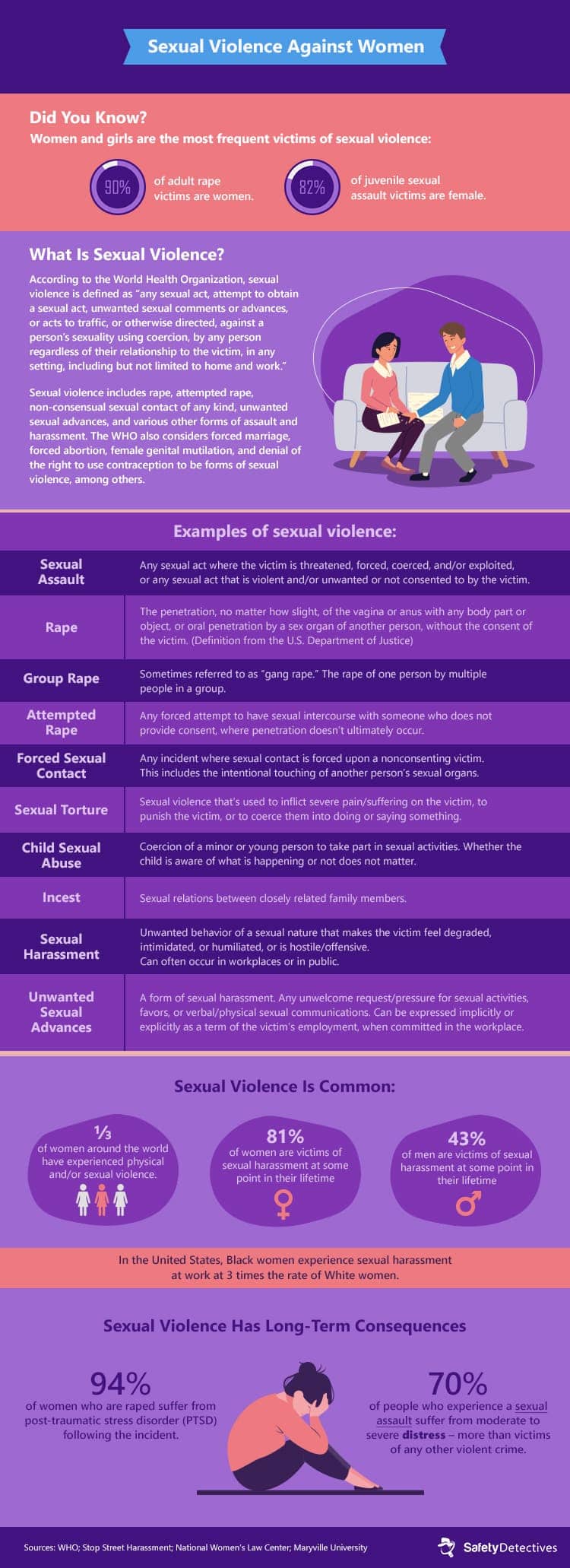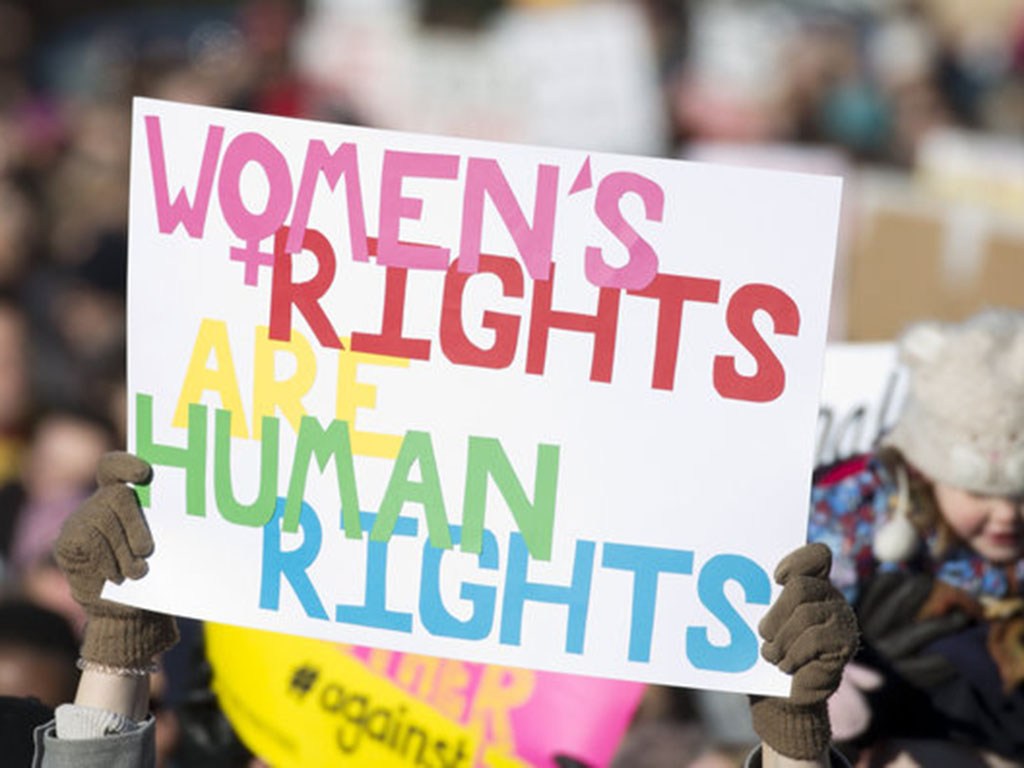BY Melissa Haun.
Personal safety is a basic human right that no one should have to live without.
Unfortunately, at least 50% of the world’s population faces threats to their personal safety every day. Women of all ages and backgrounds are constantly dealing with unsafe situations, whether when walking home alone, riding in taxis, or simply existing in public places.
This is intolerable, and here at SafetyDetectives, we believe it needs to change. The world should be a safe place for everyone – regardless of their gender.
To help raise awareness and shed light on this issue, we decided to research countries around the world to see which are the safest and most dangerous for women, in terms of the number of crimes committed against them and the laws protecting them. We sought to understand what exactly it is that makes some places safer than others, and what we can learn from them.
This process proved to be incredibly complex, as we had to rely on official data that may or may not accurately reflect reality. The results of our research depended on each country’s level of transparency about the number of crimes against women, as well as women’s ability and willingness to report these crimes in the first place.
Below, we’ll explain our findings and explore the ways that governments, organizations, and individuals can work to increase and ensure women’s safety.
A Culture of Violence Against Women
Historically, most societies around the world have not prioritized women’s safety or been particularly kind to women in general. In many ways this is improving, and we’ve come a long way – but there’s also still a long way to go.
Many scholars believe this phenomenon is deeply ingrained in various cultures. Some research suggests that patriarchal societies became the norm around 12,000 years ago, when humans started practicing large-scale agriculture and settling down. This crucial shift in lifestyle also caused a fundamental shift in power, tilting the scales in men’s favor.
This societal change arguably planted the seeds for gender-based inequality, discrimination, and violence – and we’re still reaping the results. From seemingly insignificant acts of disrespect to life-threatening crimes, there’s evidence everywhere of a collective tendency toward violence against women.
Take, for example, the male gaze: a term that refers to how women are commonly portrayed in the media through the lens of a heterosexual male perspective. The male gaze turns women into sexual objects that exist primarily to please men. This implicitly normalizes the control and abuse of women by dehumanizing them.
There are plenty of prominent examples of the male gaze in pop culture – from the sexualization of female video game characters to misogynistic ads. And while the objectification and dehumanization of women might sound abstract, these processes have real and tangible consequences.
Think of the horrific stories that surface every so often about innocent women being harmed or killed. They temporarily take hold of the public consciousness because they’re specific and shocking. But only a tiny percentage of the victims of these kinds of crimes make it into the news. What about the rest of them?

Tragedy Sparks Outrage and Action
In March 2021, one story took on symbolic significance: the case of Sarah Everard, a 33-year-old woman who was abducted and murdered by a police officer while walking home at night in London.
This story drew international attention – not because it’s an incredibly rare or unbelievable occurrence, but because it validated the constant fear that many, if not all, women face when they’re out alone anywhere in the world.
The public response to this tragedy was overwhelming and unique. Women from all cultural contexts and socioeconomic backgrounds spoke up to share their own experiences. They connected over their shared fears and coping strategies, bringing the global lack of women’s safety into the spotlight.
One woman shared a screenshot of a simple message reading “text me when you get home,” which immediately went viral. Many women who saw that post, myself included, instantly remembered all the times that they’d sent it to or received it from their friends.
